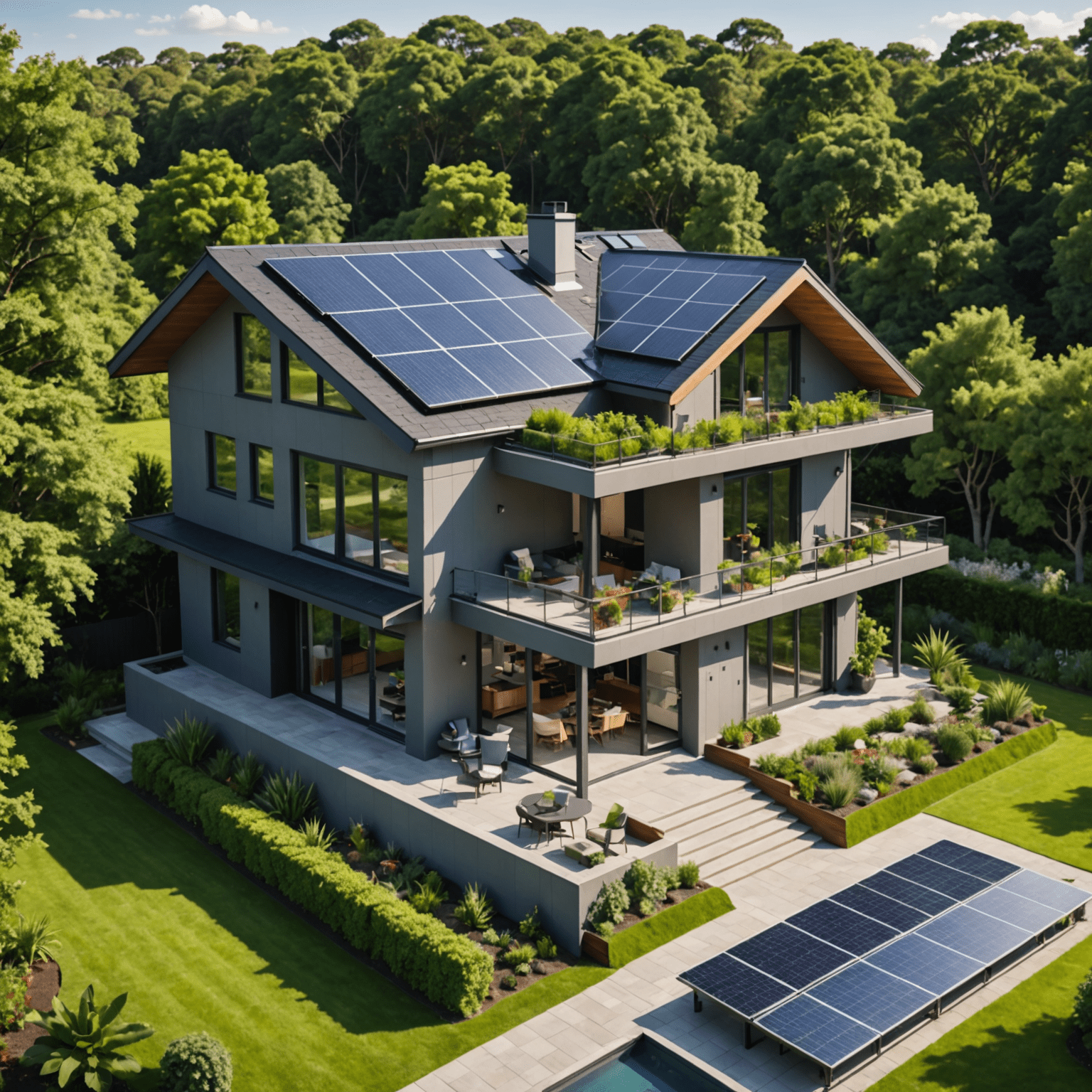Energy-Efficient Home Upgrades

Embracing green energy solutions and implementing energy-saving measures in your home not only contributes to a more sustainable future but can also significantly reduce your utility bills. Let's explore some cost-effective, eco-friendly home improvements that can make a real difference.
1. Solar Panel Installation
Harnessing the power of the sun is one of the most effective ways to reduce your reliance on grid electricity. Solar panels can provide a substantial portion of your home's energy needs, especially in sunny regions. While the initial investment may seem high, the long-term savings and potential government incentives make this an attractive option for many homeowners.
2. Smart Thermostats
Upgrading to a smart thermostat can lead to significant energy savings. These devices learn your preferences and routines, automatically adjusting your home's temperature for optimal comfort and efficiency. Some models can even detect when you're away and adjust accordingly, ensuring you're not heating or cooling an empty house.
3. LED Lighting
Switching to LED bulbs is a simple yet effective way to reduce your energy consumption. LEDs use up to 75% less energy than traditional incandescent bulbs and last much longer, reducing both your energy bills and the frequency of replacements.
4. Improved Insulation
Proper insulation is crucial for maintaining your home's temperature and reducing the workload on your heating and cooling systems. Focus on insulating your attic, walls, and floors to prevent heat loss in winter and heat gain in summer. This can lead to substantial energy savings year-round.
5. Energy-Efficient Windows
Replacing old, drafty windows with energy-efficient models can have a significant impact on your home's energy consumption. Look for double or triple-paned windows with low-E coatings to minimize heat transfer and improve insulation.
6. Water-Saving Fixtures
While not directly related to energy, water-saving fixtures can reduce your overall utility bills and conserve a precious resource. Install low-flow showerheads, faucet aerators, and dual-flush toilets to significantly reduce your water consumption.
7. Energy Star Appliances
When it's time to replace your old appliances, opt for Energy Star certified models. These appliances meet strict energy efficiency guidelines set by the U.S. Environmental Protection Agency and the U.S. Department of Energy, ensuring optimal performance with minimal energy consumption.
The Bottom Line
Implementing these energy-efficient upgrades can transform your home into a more sustainable and cost-effective living space. While some improvements may require a significant upfront investment, the long-term benefits to both your wallet and the environment make them worthwhile considerations for any homeowner committed to green energy and energy saving.